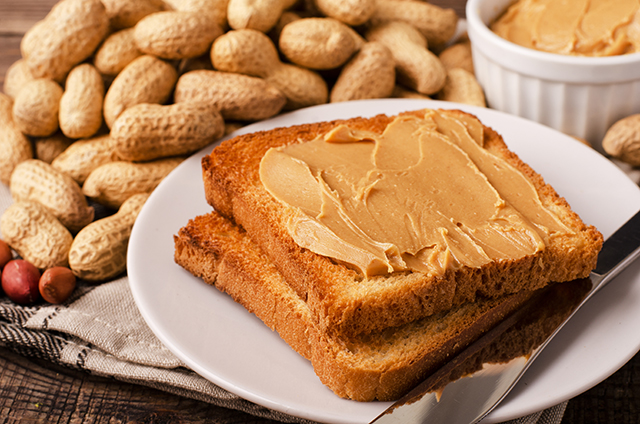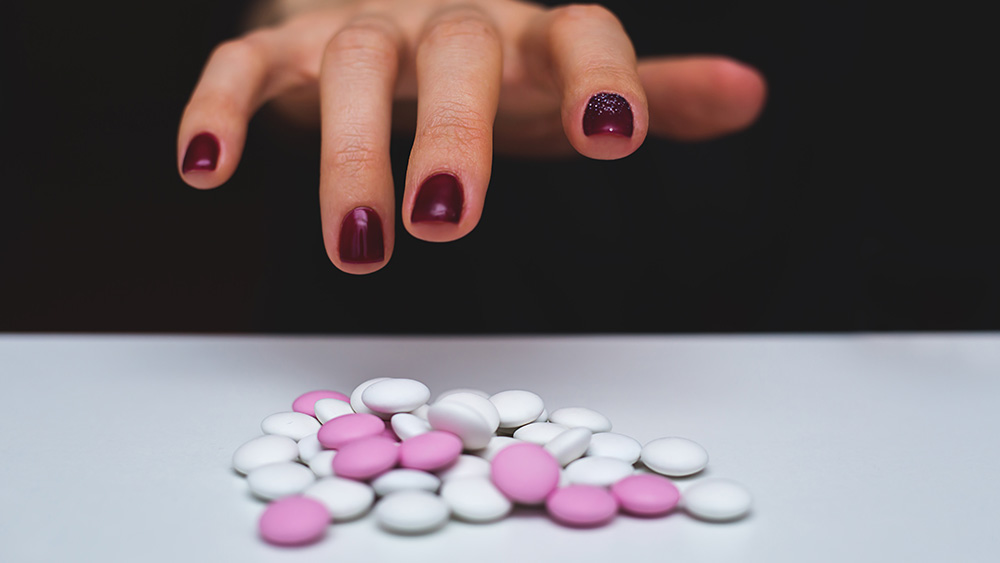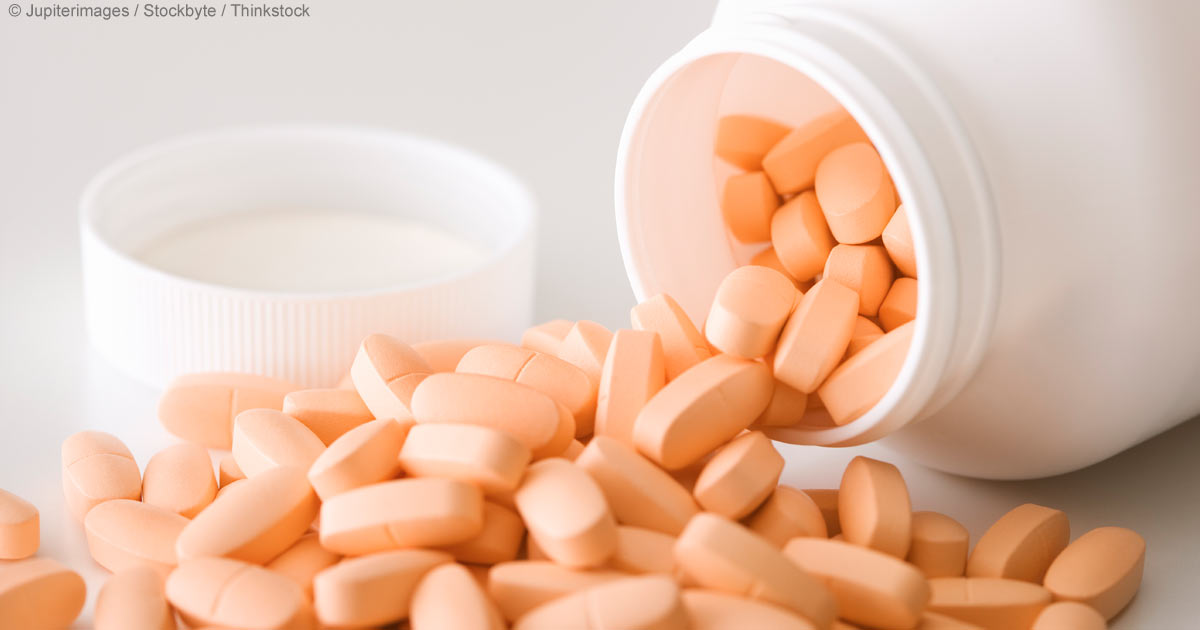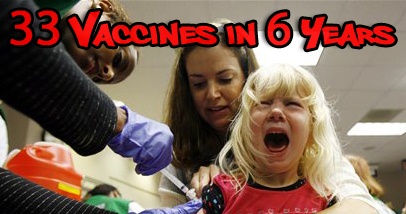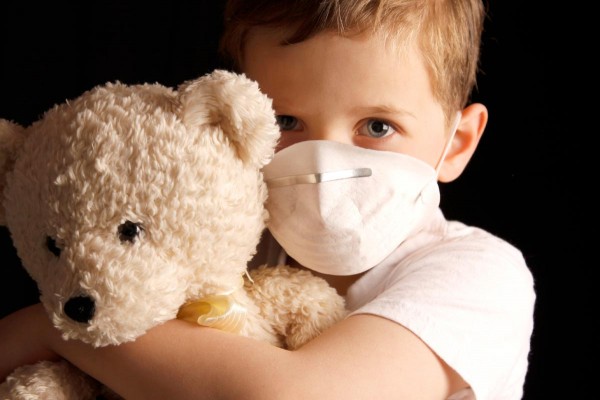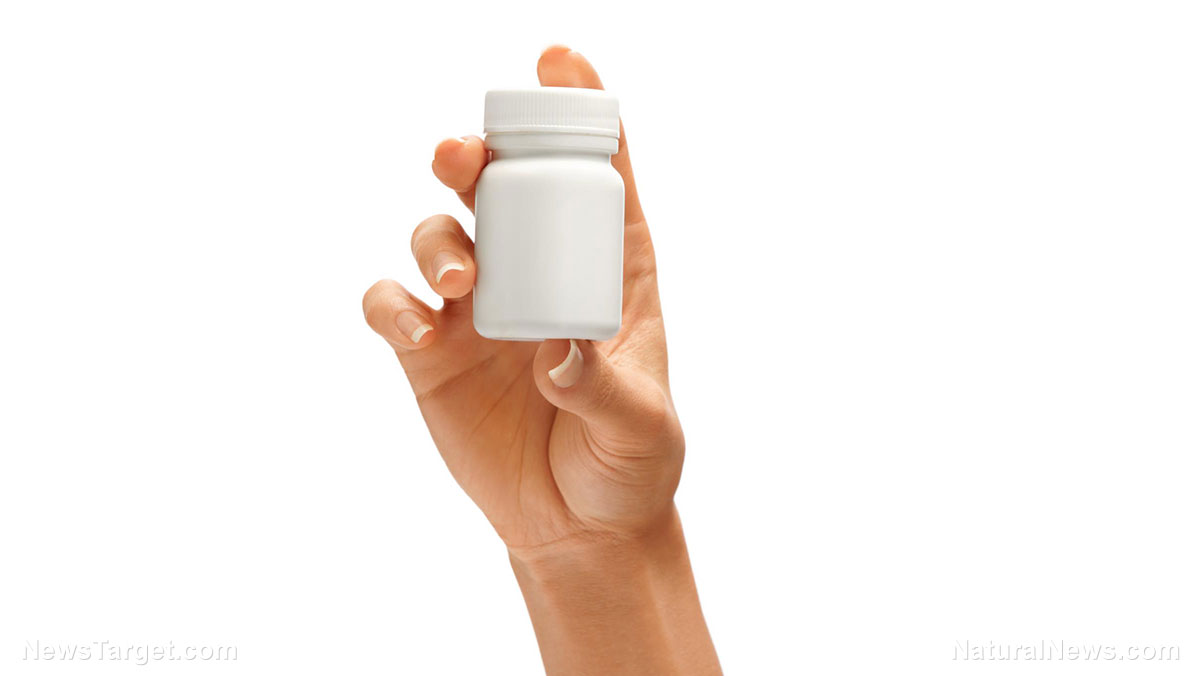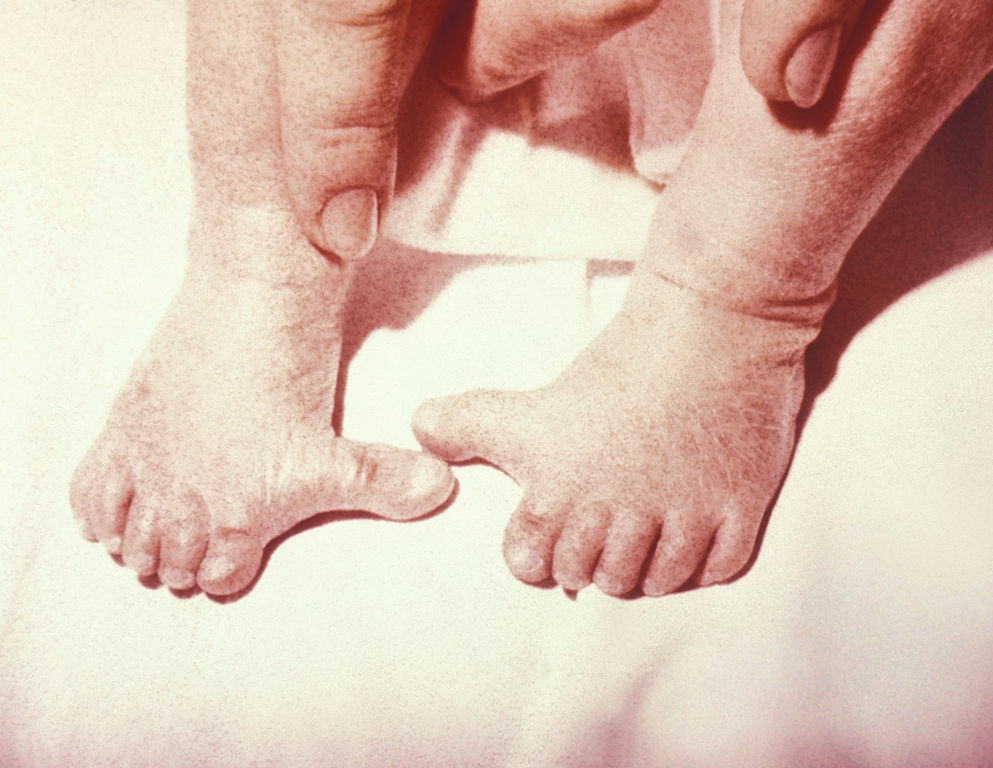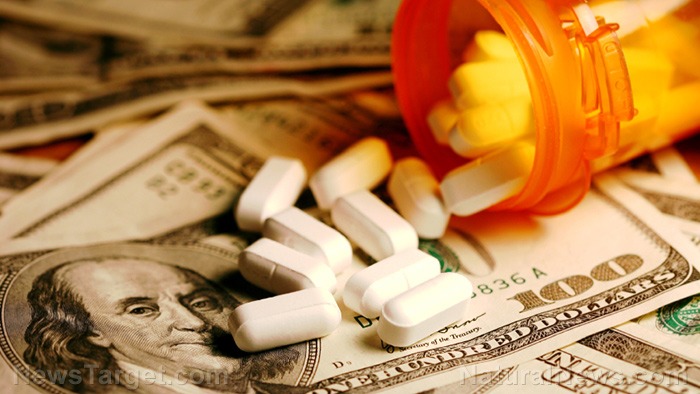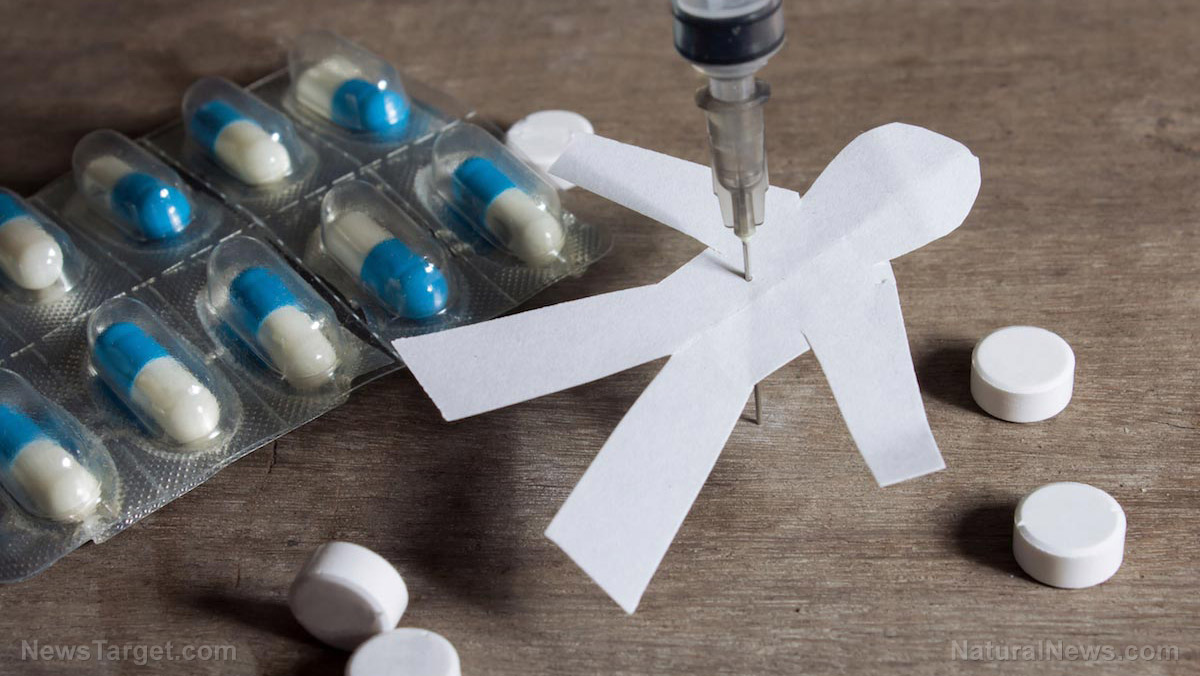Thanks to addictive opioids, senior citizens are the new drug dealers
10/09/2017 / By Isabelle Z.
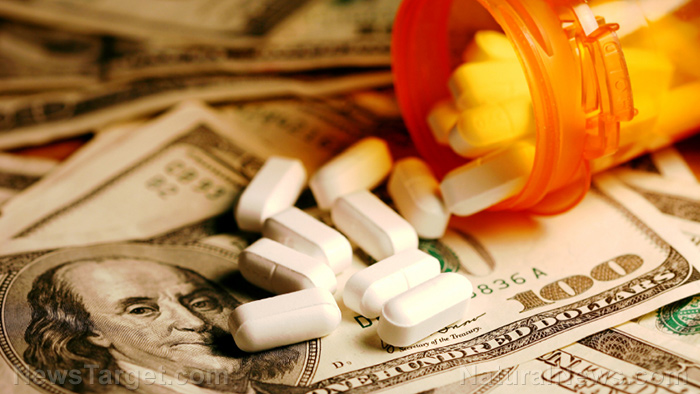
Most people have a certain image that comes to mind when they imagine drug dealers. More often than not, it’s an unkempt younger man lurking in the shadows of a side street looking the worse for wear. Few people would expect to find an 85-year-old woman being charged with drug dealing, but this is exactly what is happening, in increasing numbers, thanks to the opioid addiction that is gripping the nation.
Laura Viehdeffer, an 85-year-old New Yorker, told CBS2 that she was approached by a girl who said she heard she had some pills, so she said she gave them to her because she “felt sorry for her.” The girl in question turned out to be an undercover police officer, and Viehdeffer became the oldest person in her county to be charged with drug dealing after selling hydrocodone pills she was prescribed for arthritis for $10 each. She was given five years of probation.
The Long Island Council on Alcoholism and Drug Dependence’s Steve Chassman said it is not uncommon to see senior citizens who get monthly prescriptions selling some of their pills to people they know or even on the street. He said that a 30-milligram pill of oxycodone could net someone as much as $30, which means a 90-day supply could give a much-needed boost to those who live on a fixed income.
Experts believe that tougher sentences could help deter senior citizens from selling their pills, but prosecutors are sometimes reluctant to charge them in the first place, given their advanced age.
Overprescription remains a big problem
Wouldn’t a far better solution be to add stricter controls to prescription practices? Many of those selling the drugs must not truly be in the kind of debilitating pain that calls for opioid prescriptions, or their doctors are simply giving them many more than they need.
A flawed system that sees doctors enjoying kickbacks from pharmaceutical companies means that some are giving these dangerous and highly addictive pills out like candy. In fact, a recent analysis found that some 68,000 doctors were bribed with $47 million by Big Pharma to prescribe such drugs between August 2013 and December 2015.
The Inspector General’s Office of the Health and Human Services Department says that around 70,000 people on Medicare’s drug plan were given “extreme” amounts of narcotic painkillers last year; most people under this plan are older than 65. Half a million of those on the drug plan took these addictive drugs in amounts that are considered too big under CDC standards, and this figure has already accounted for those in hospice or with cancer who have a more legitimate need for such high doses.
That report also showed that 678 people were given more than 1,000 milligrams per day for the whole year, which is a level that indicates they were giving their drugs to other people or selling them.
Besides making ends meet, an Australian pharmacist has pointed to another reason some older people start selling their painkillers. Ewen McPhee told Australia’s ABC News that he had heard of elderly people being intimated by drug dealers outside of pharmacies and doctor’s offices. In some cases, they try to befriend the elderly people; in others, they may be threatening. In one case, a drug dealer pressured an older person into selling their drugs to help take the burden of their funeral bills off of their family.
The opioid crisis is ruining lives in so many ways that it’s hard to even quantify the scope of the problem, and it’s clear that not enough is being done to control it.
Sources include:
Tagged Under: Big Pharma, drug dealing, elderly, elderly drug dealers, Hydrocodone, opioid epidemic, opioid overprescription, Opioids, senior citizens

